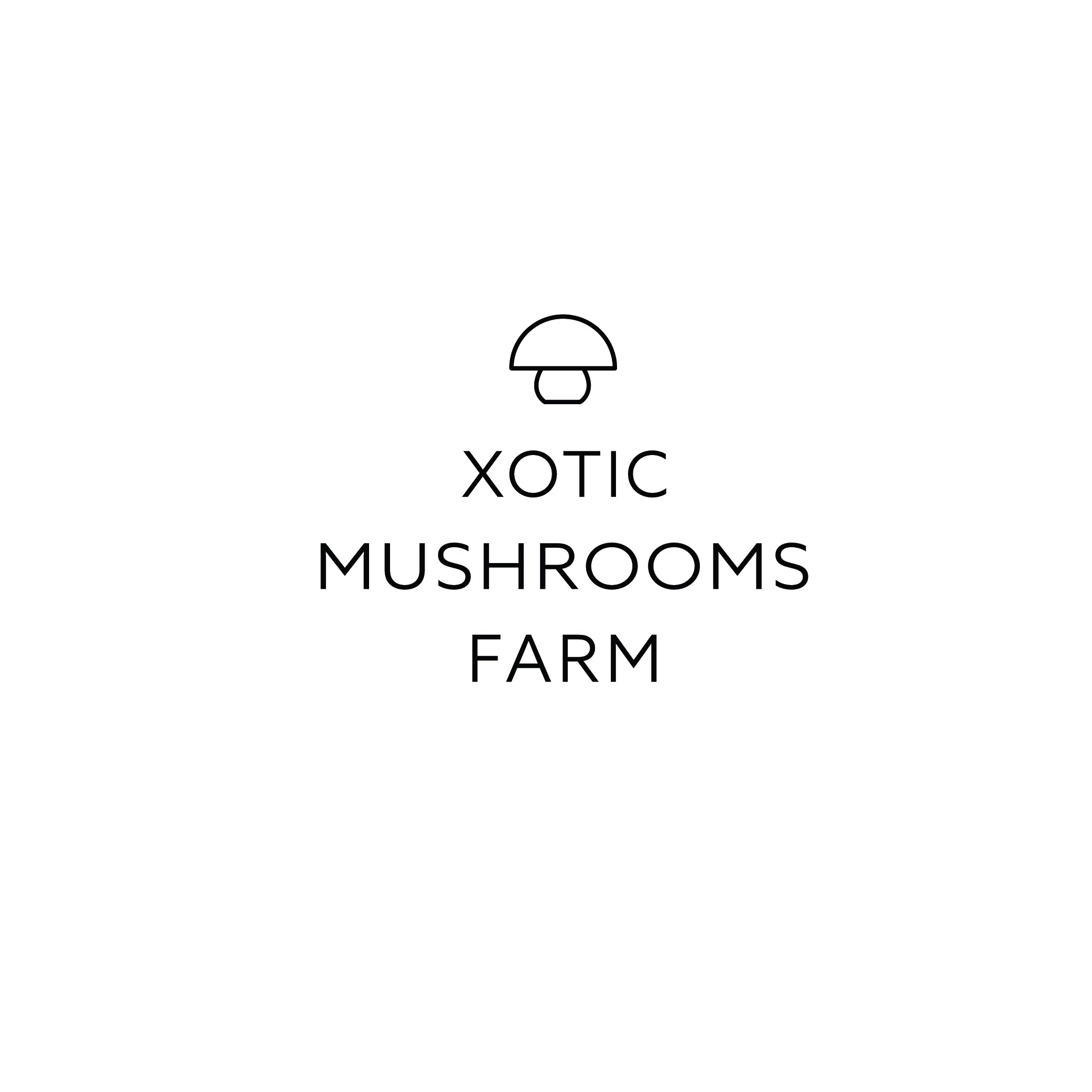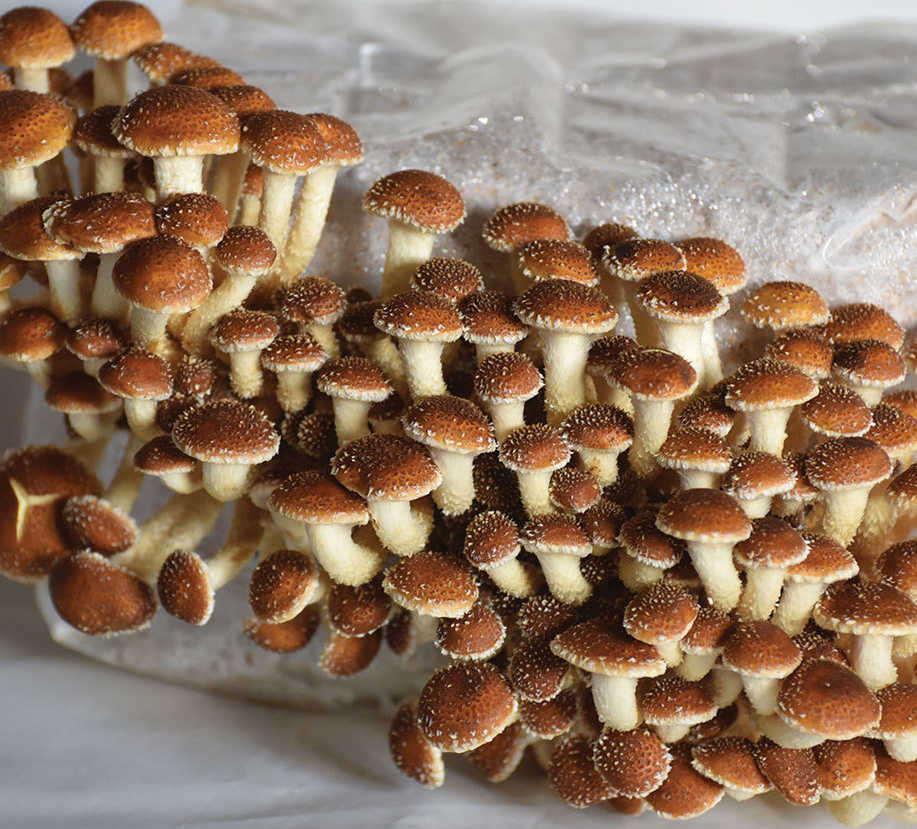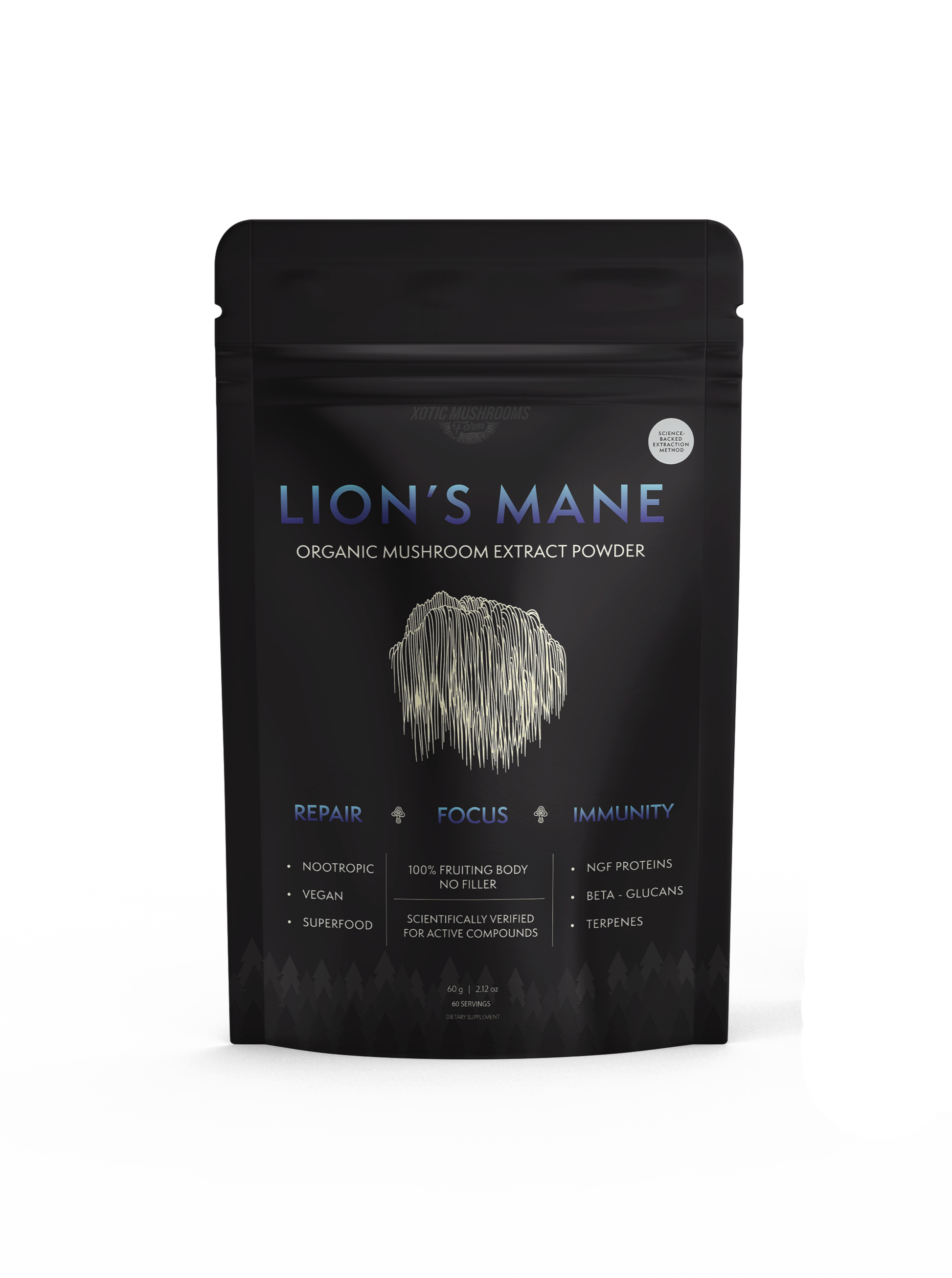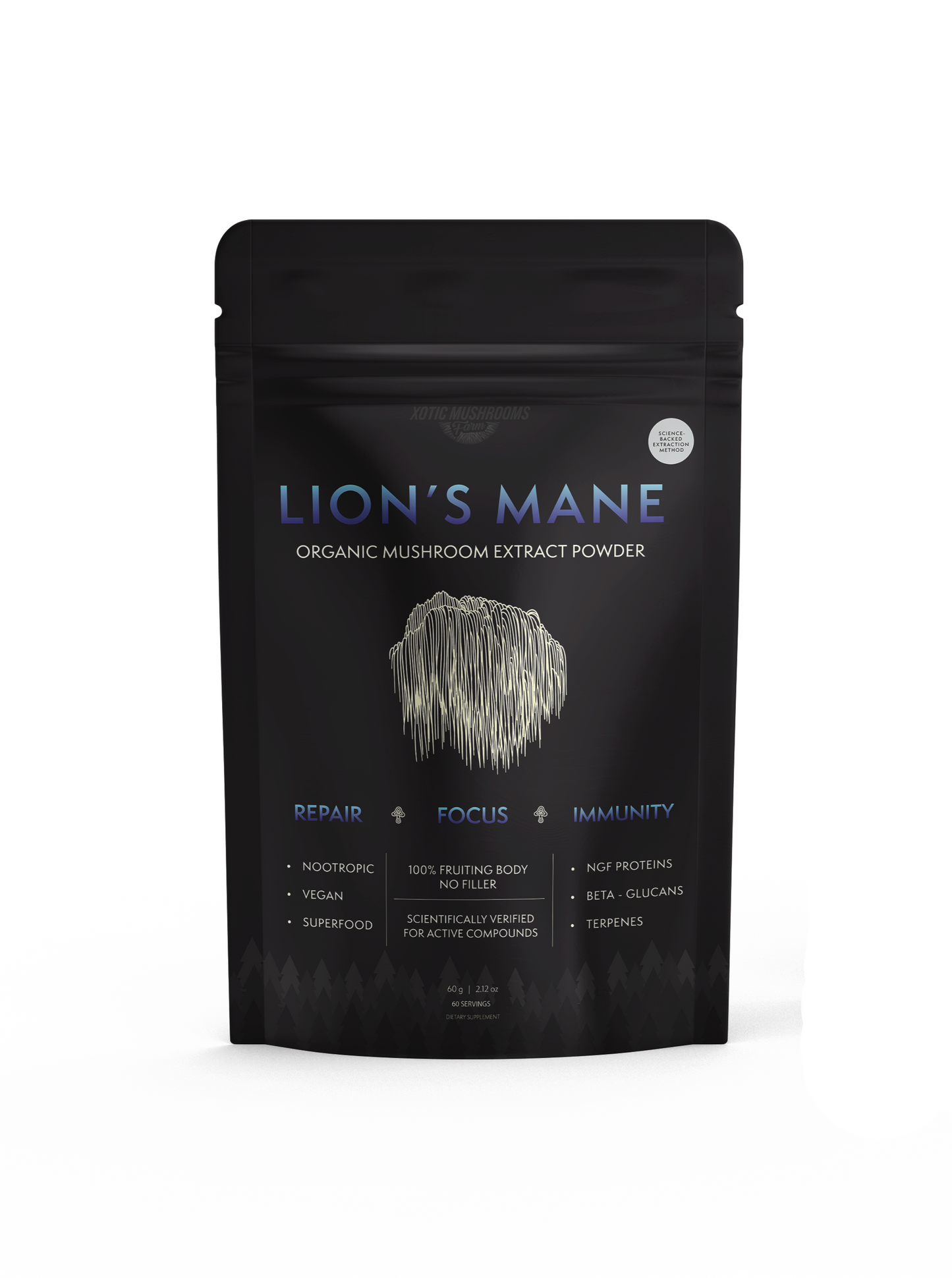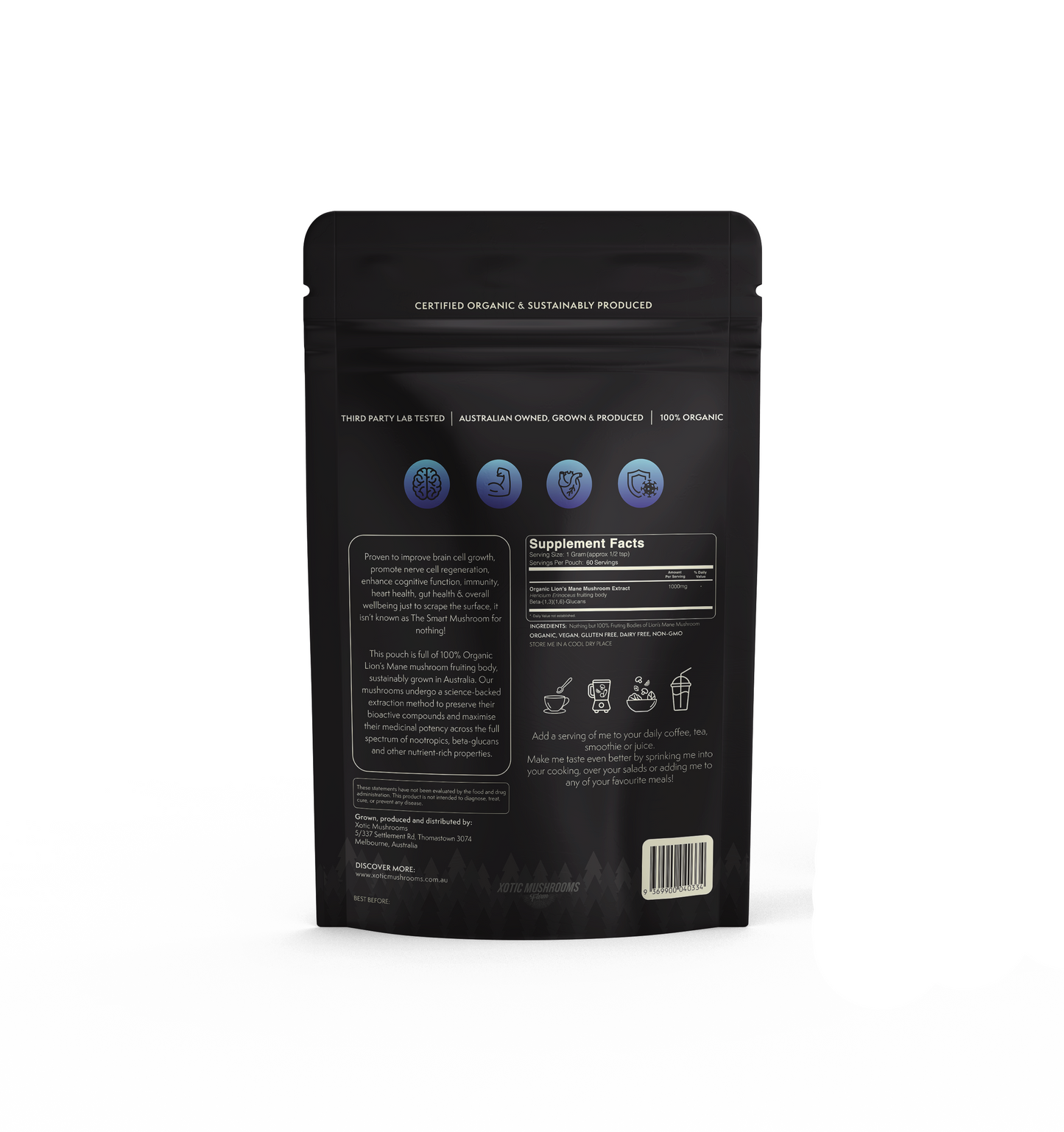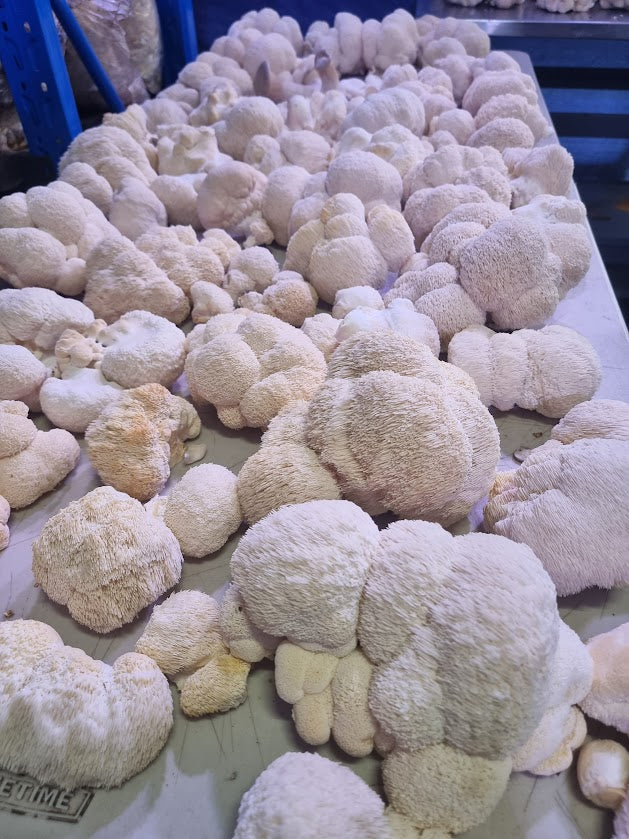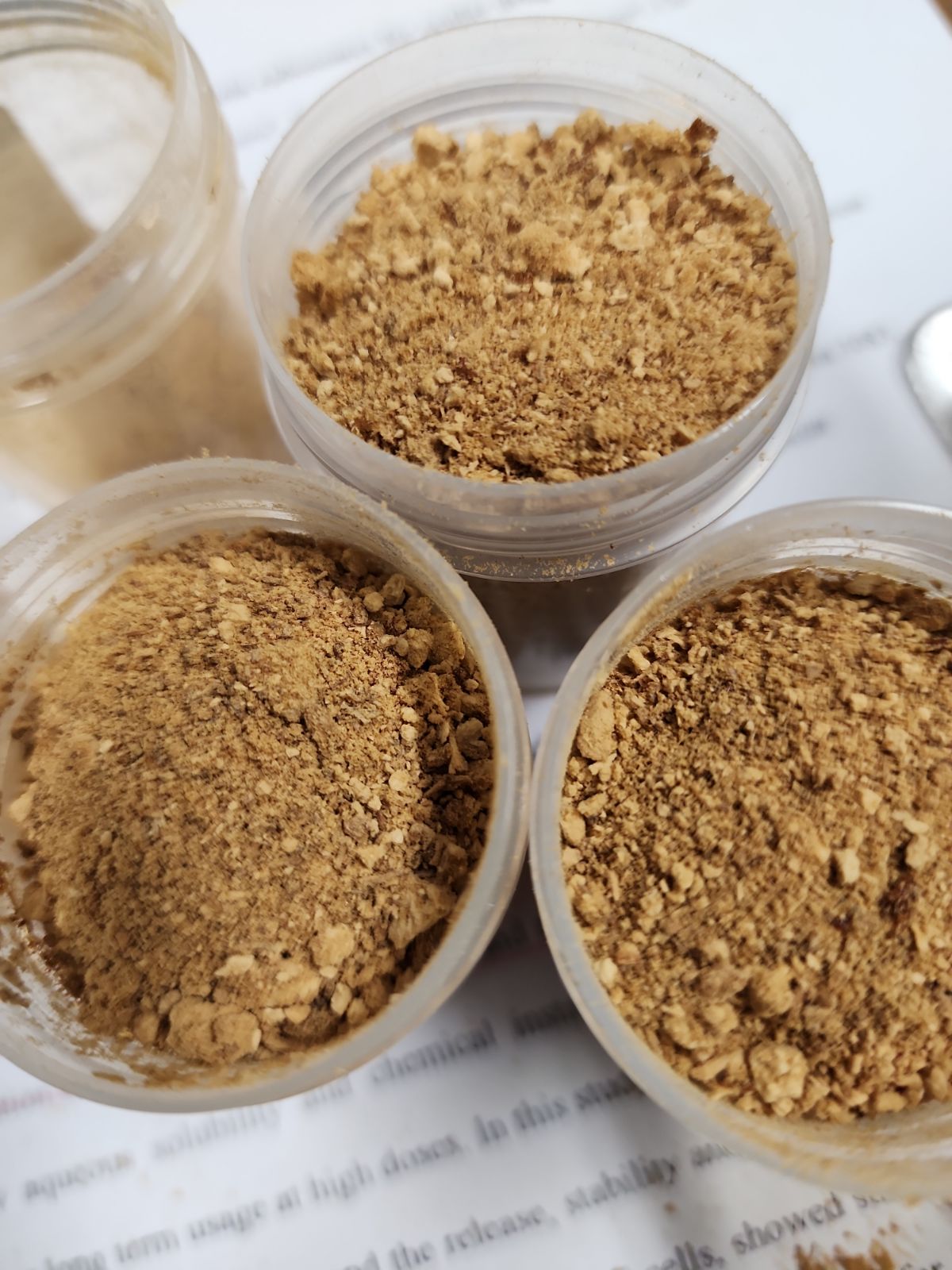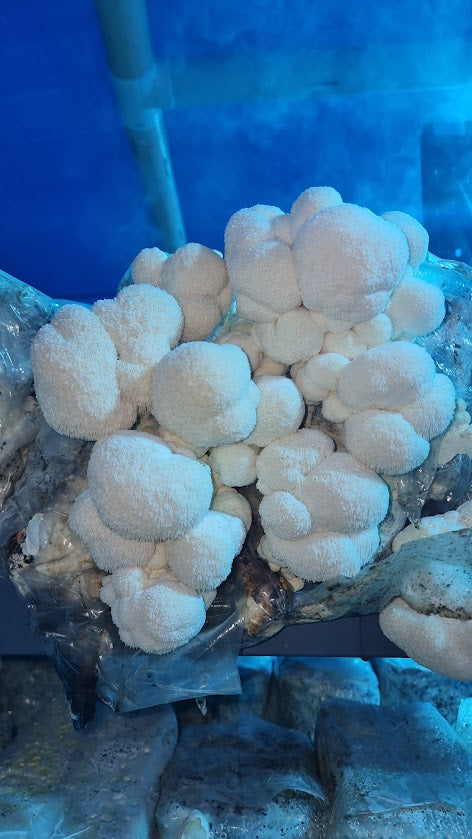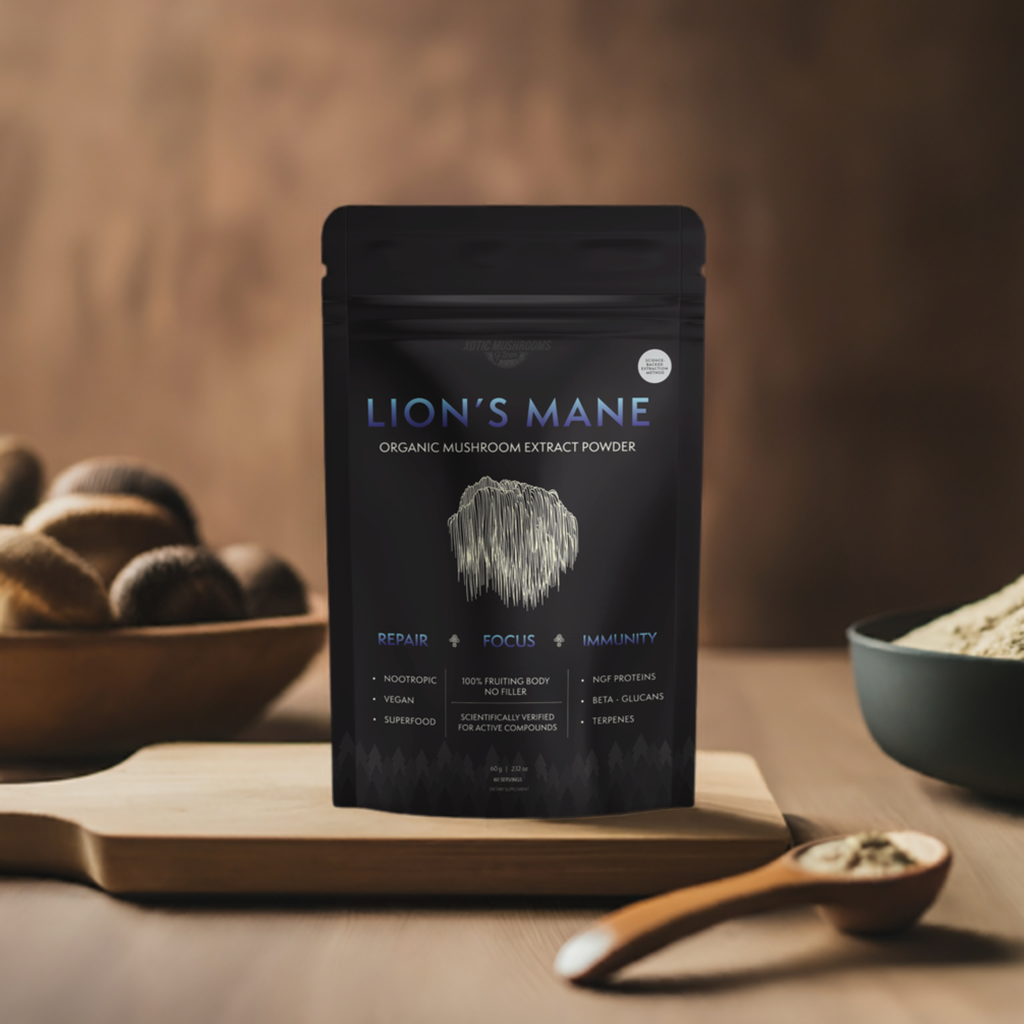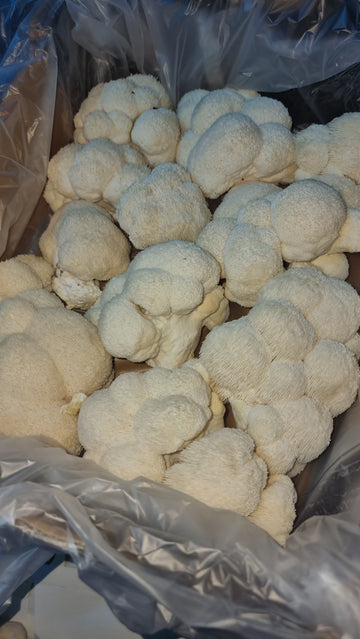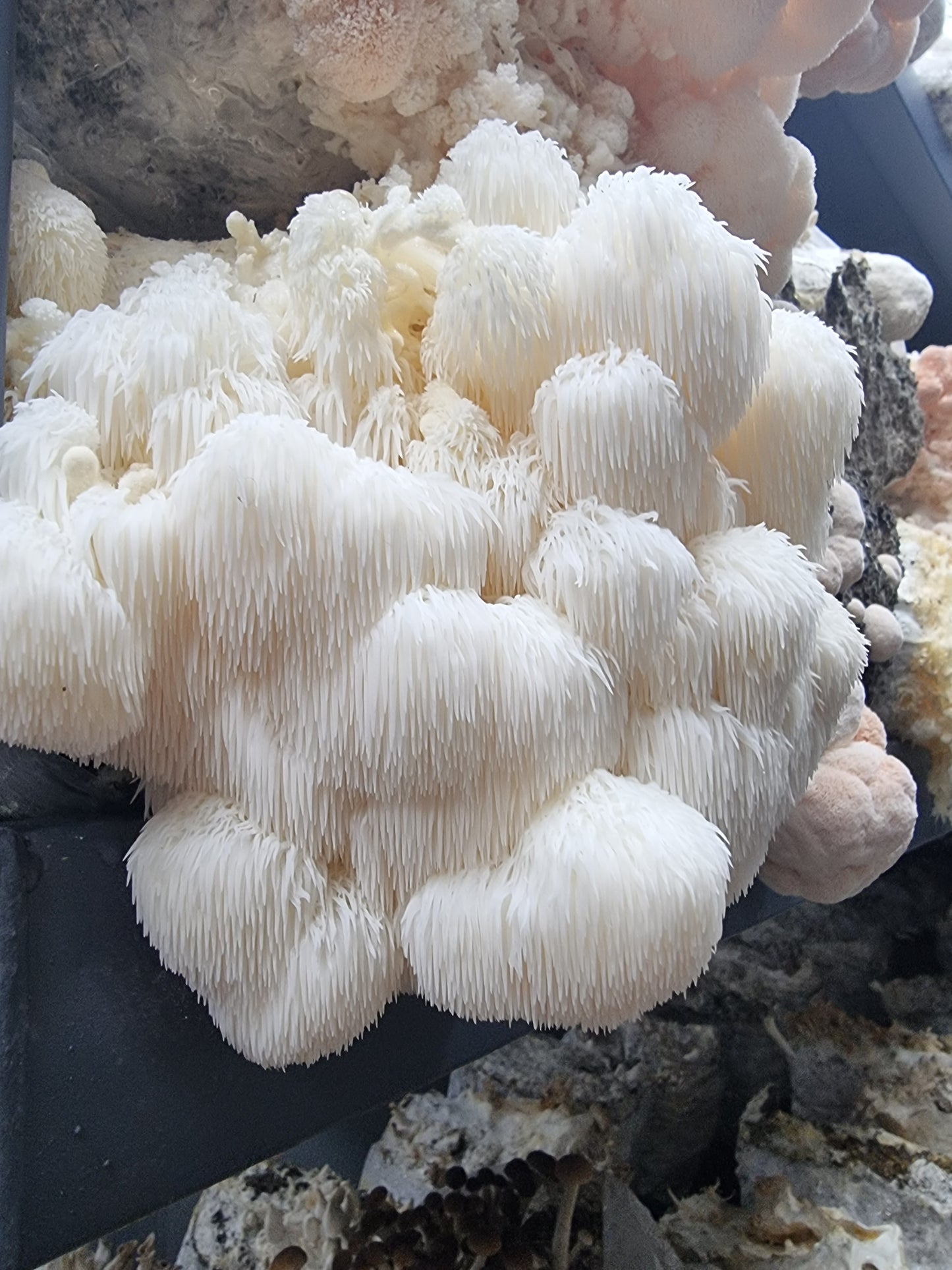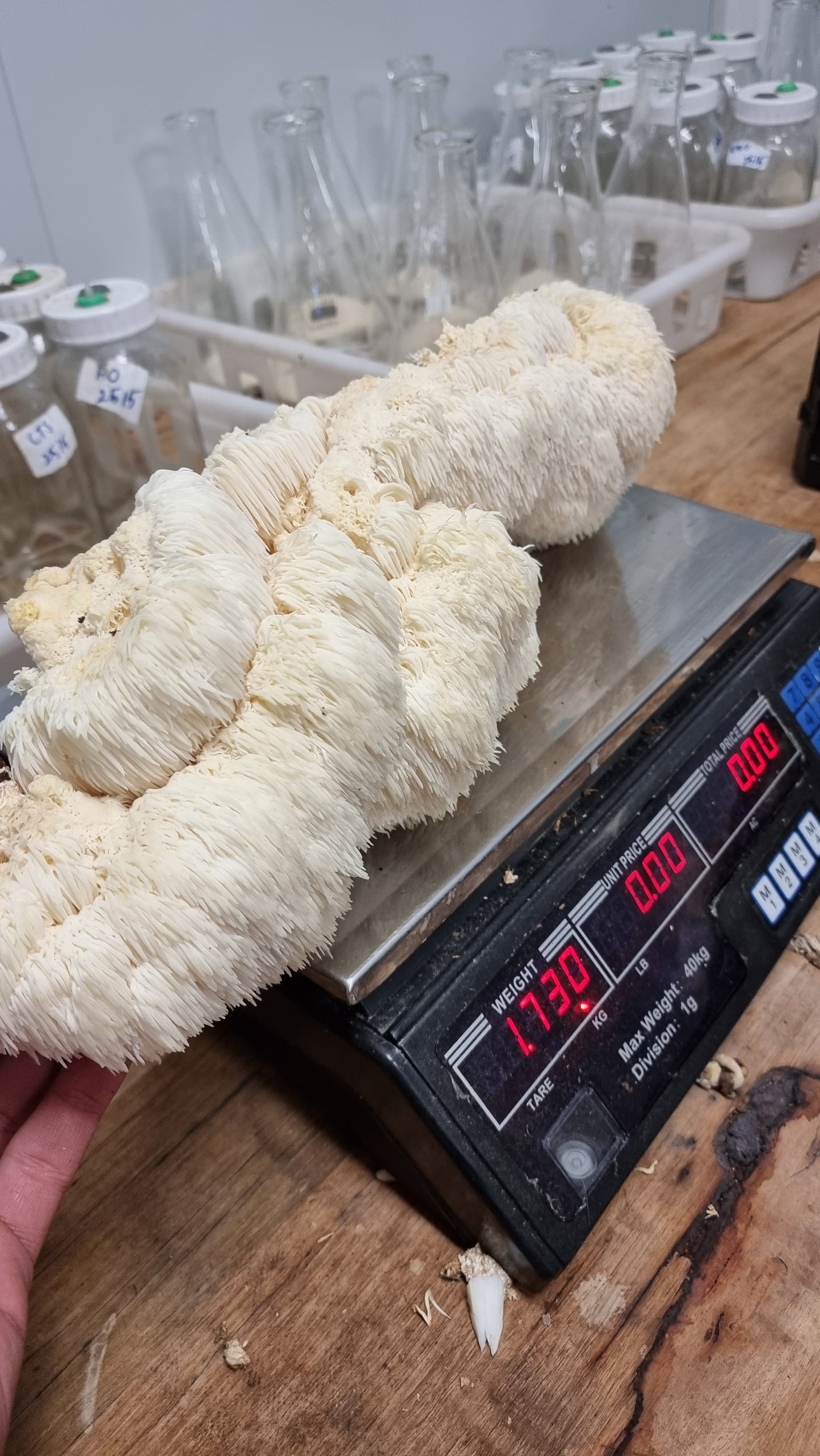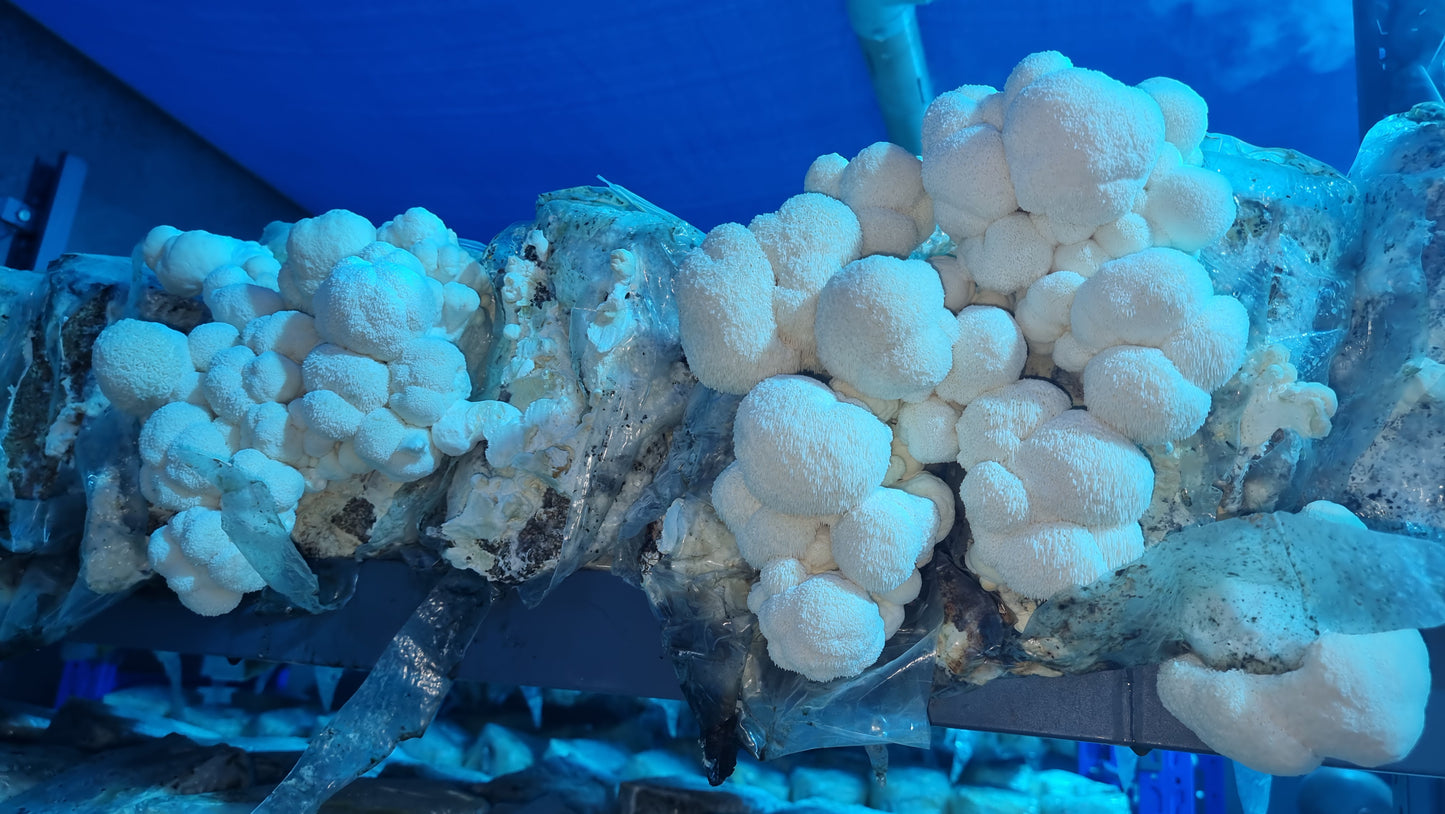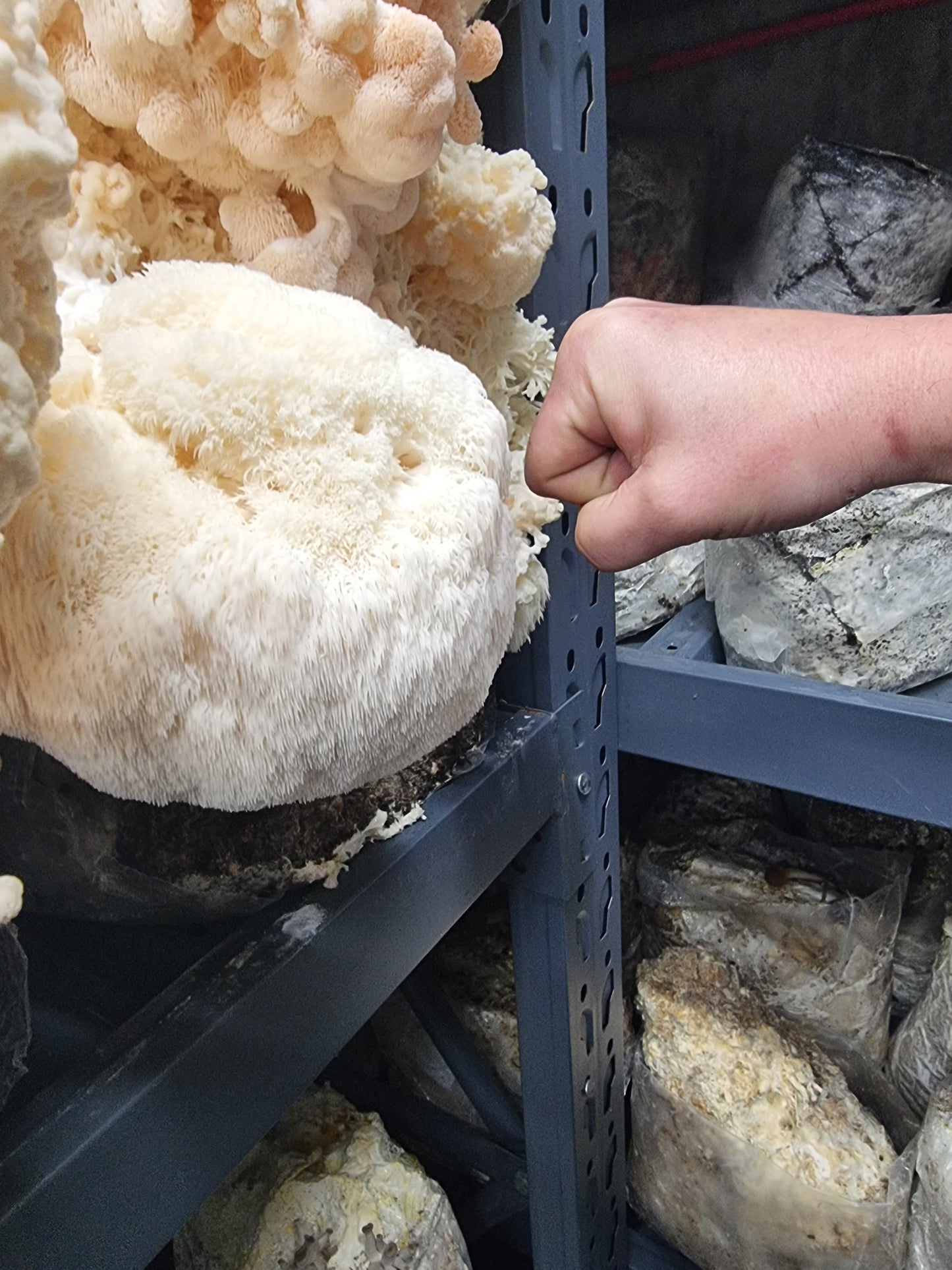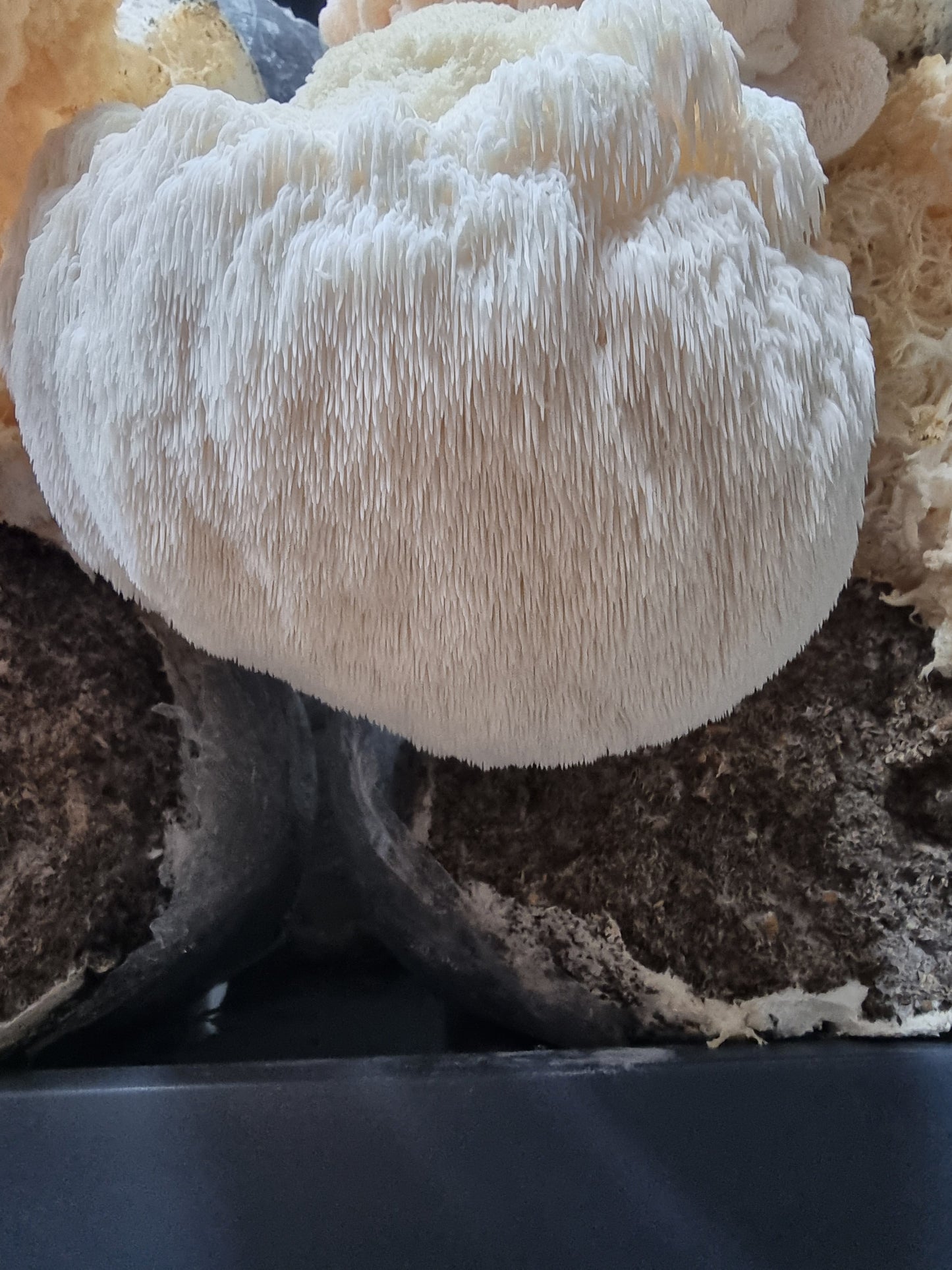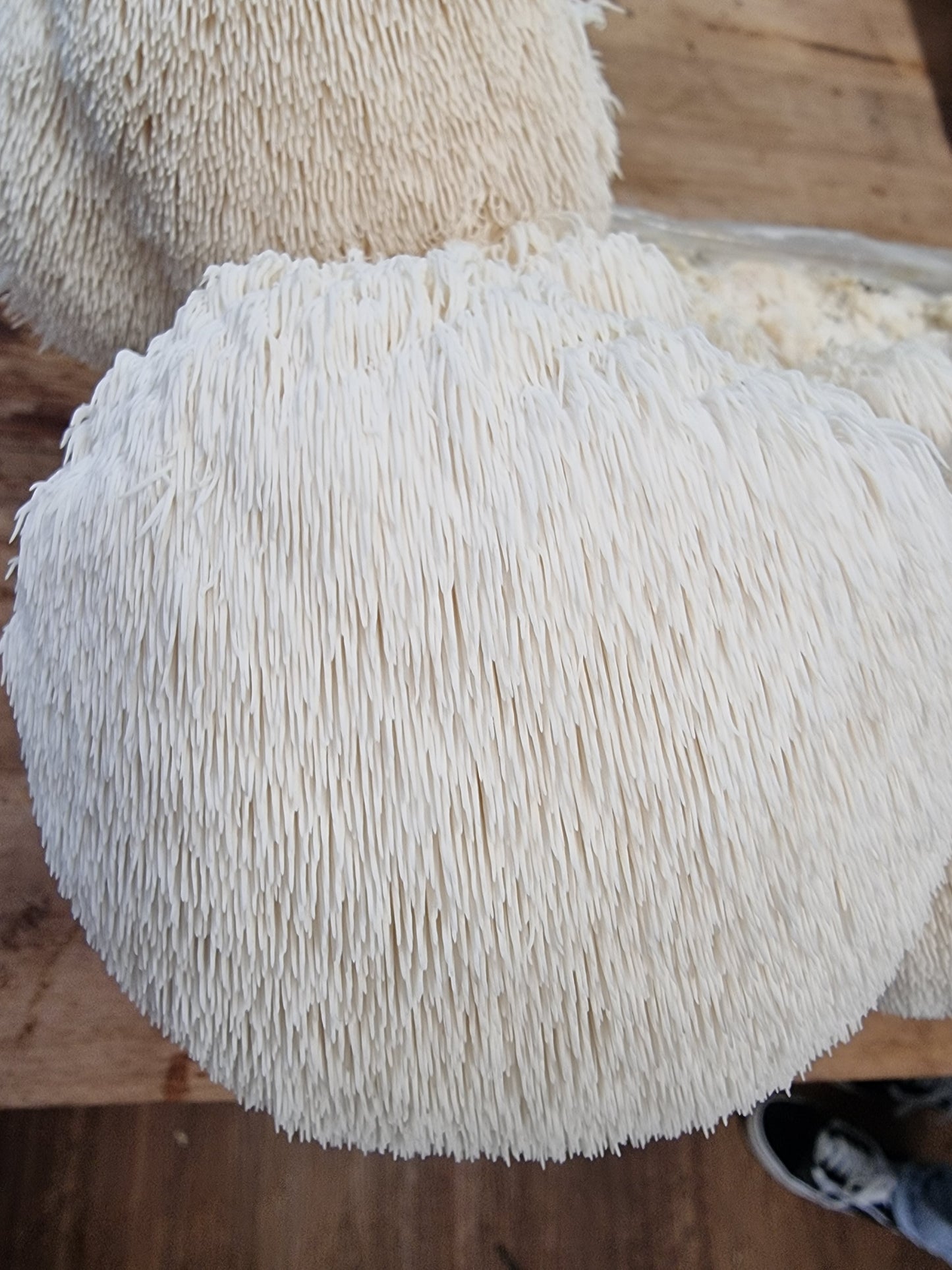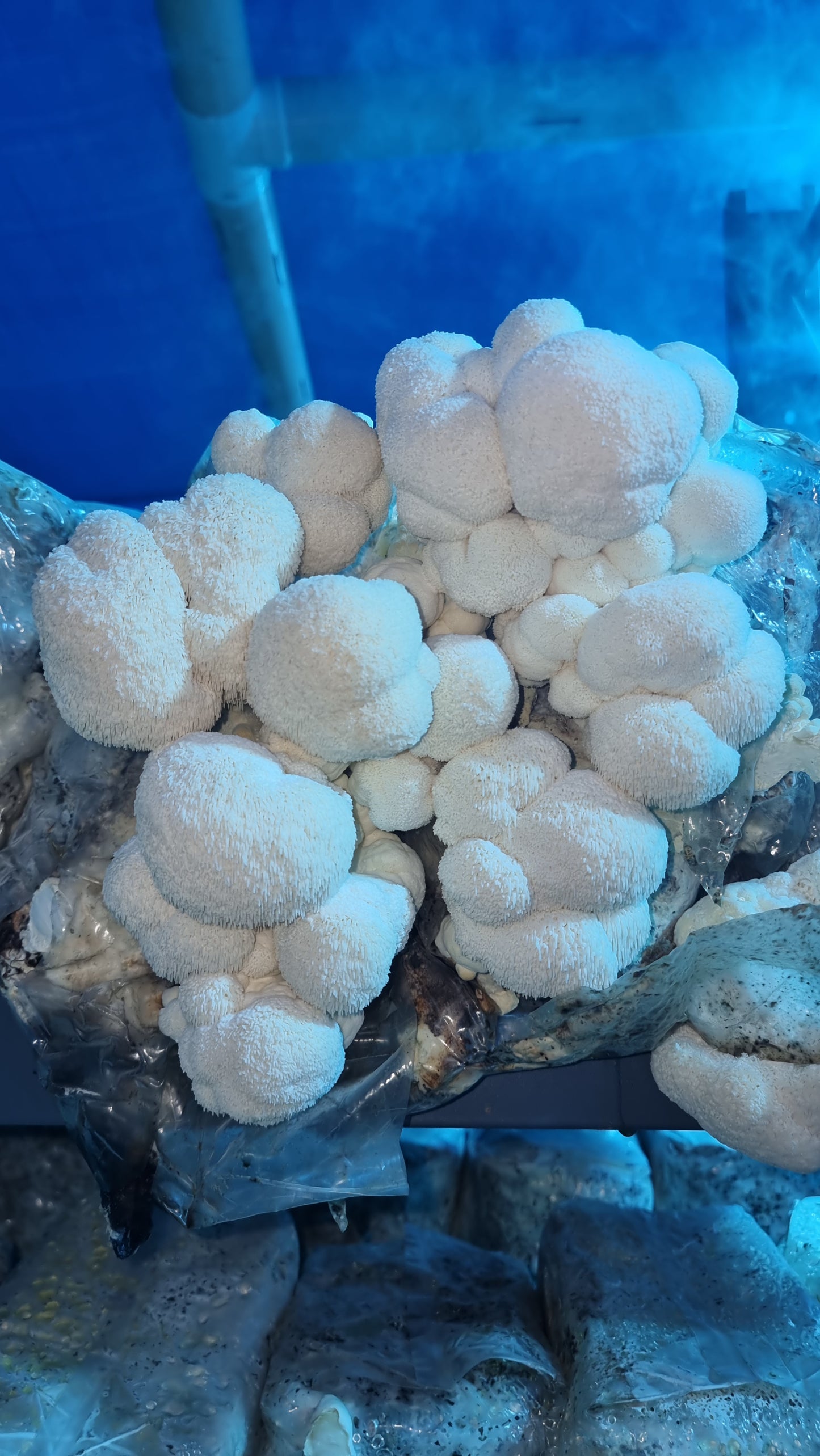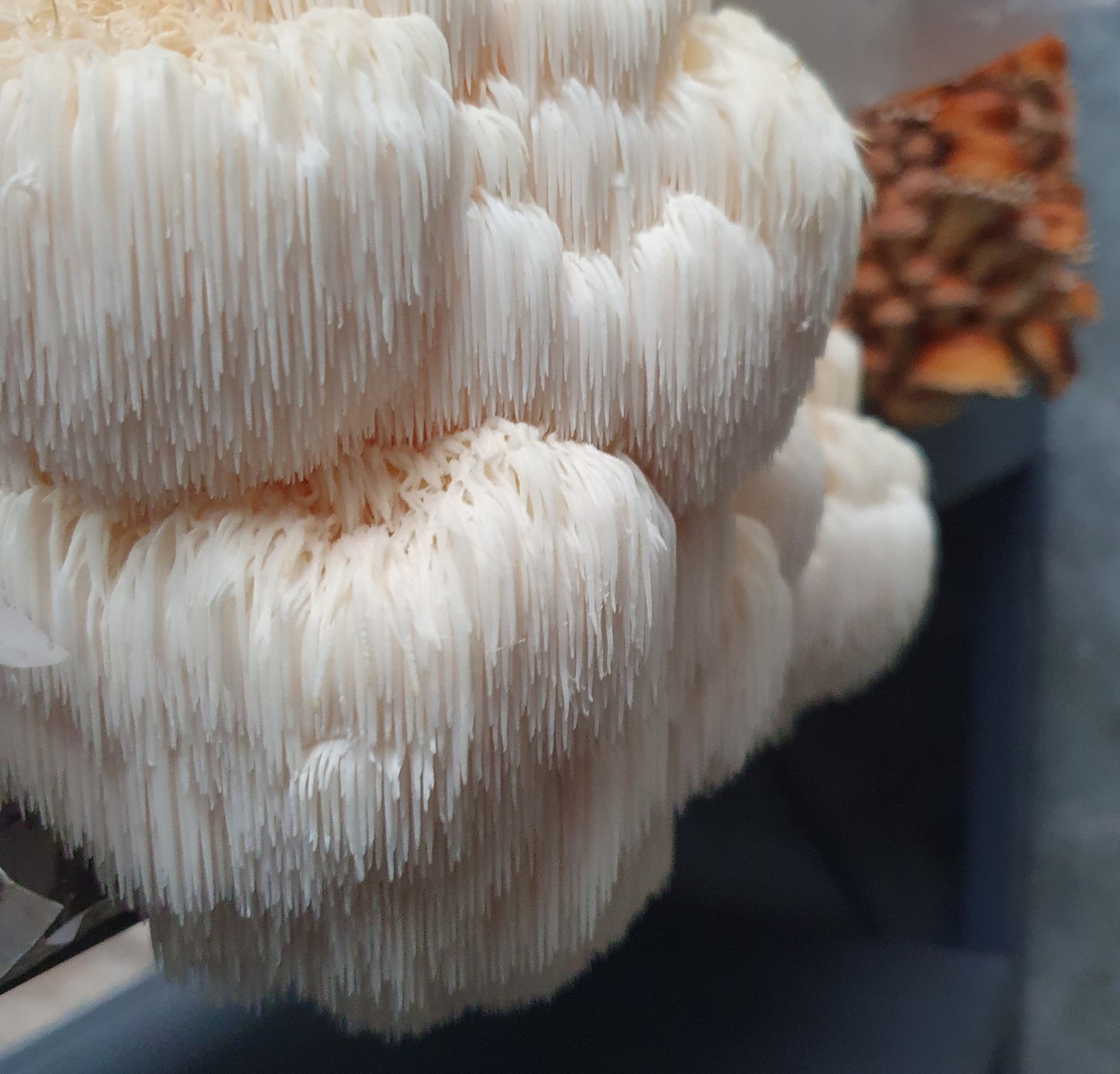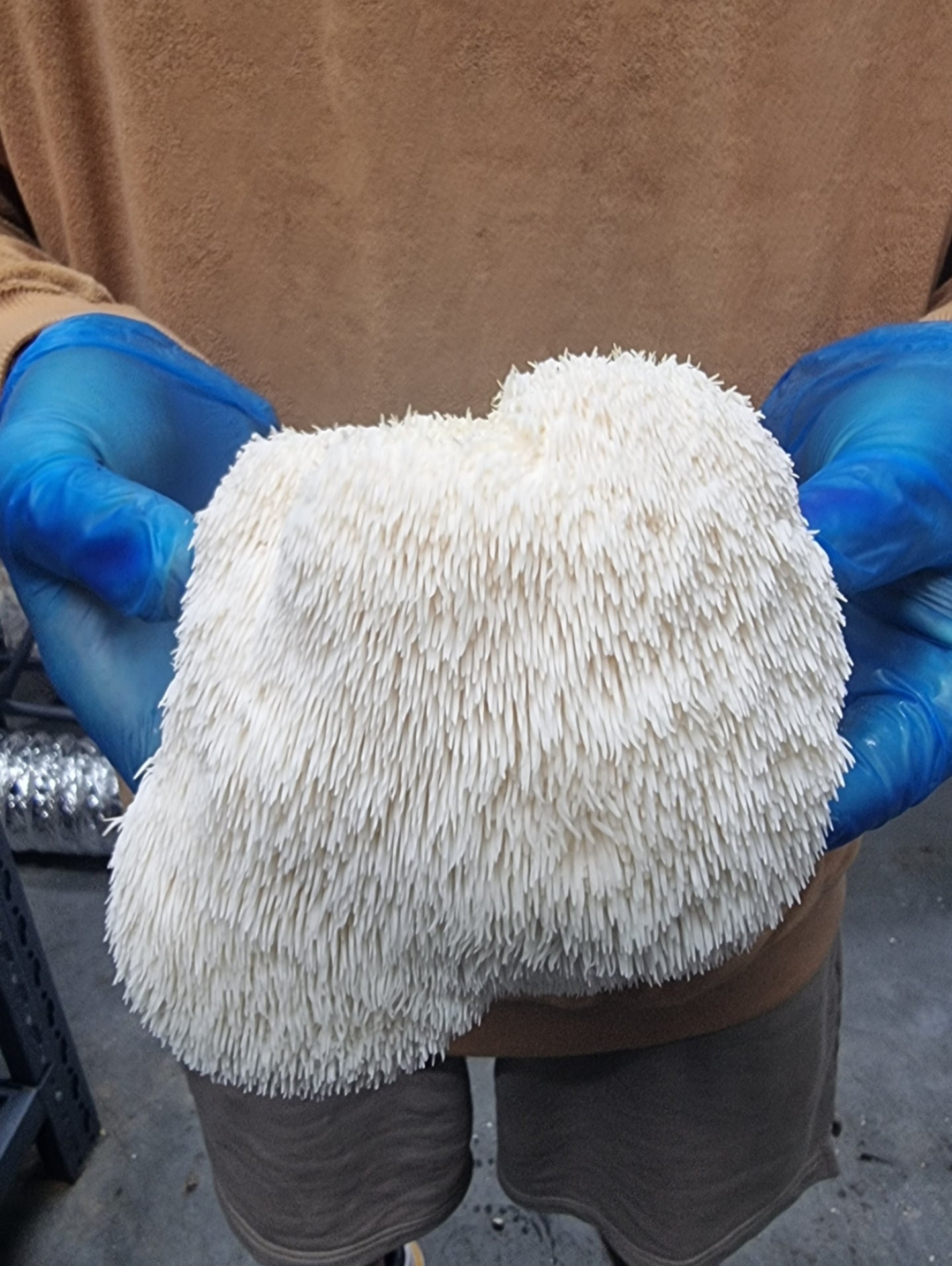Mushrooms, with their rich flavors and versatile culinary uses, have been a staple in various cuisines worldwide.
Among the many mushroom varieties, Chestnut mushrooms have grown in popularity due to their nutty taste and plentiful health benefits.
While they are often enjoyed cooked, many wonder if they can be safely consumed raw.
In this article, we'll delve into the specifics of eating raw Chestnut mushrooms, their benefits, potential risks, and how to ensure you're making the safest choices for your health and palate.
Can Chestnut Mushrooms Be Eaten Raw?
Yes, chestnut mushrooms can be consumed both cooked and raw. However, like other mushroom varieties, cooking them might offer better health benefits. Raw mushrooms have thick cell walls, which can make it harder for the body to digest and access the nutrients.
Are Chestnut Mushrooms Better For You Cooked Or Raw?
Chestnut mushrooms are edible and nutritious whether consumed cooked or raw. However, there are differences in digestibility and nutrient availability between the two forms:
- Digestibility: Raw mushrooms have thick cell walls which can make them harder for the human digestive system to process. Cooking breaks down these cell walls, making it easier for the body to absorb the nutrients they contain.
- Nutrient Availability: Cooking chestnut mushrooms can enhance the availability of certain nutrients and compounds. For instance, some studies suggest that cooking can increase the availability of antioxidants in mushrooms. Moreover, cooking mushrooms can enhance their anti-cancer properties.
- Safety: While store-bought chestnut mushrooms are generally safe to consume raw, cooking them eliminates potential bacteria or pathogens that could cause foodborne illnesses. Additionally, any naturally occurring toxins in mushrooms are often reduced or eliminated through the cooking process.
- Nutrient Loss: It's worth noting that cooking can result in the loss of certain nutrients due to the evaporation of water and the heat process. For instance, some vitamins might degrade with heat.
- Taste and Texture: Beyond nutritional aspects, cooking alters the texture and flavor of chestnut mushrooms, making them more tender and intensifying their nutty taste.
While raw chestnut mushrooms can be a crunchy addition to salads and offer certain nutrients, cooking them is generally recommended for better digestibility, enhanced nutrient availability, and safety reasons.
The Benefits Of Eating Cooked & Raw Chestnut Mushrooms
Chestnut mushrooms, whether consumed raw or cooked, provide a myriad of health benefits due to their rich nutrient profile and bioactive compounds.
Here are some of the benefits associated with both forms of consumption:
Cooked Chestnut Mushrooms:
- Enhanced Digestibility: Cooking breaks down the thick cell walls of mushrooms, making their nutrients more accessible and easier for the body to absorb.
- Increased Antioxidant Availability: Cooking can boost the levels of certain antioxidants in mushrooms, which are compounds that fight against oxidative stress in the body.
- Safety: Cooking chestnut mushrooms can kill potential bacteria or pathogens that might be present, reducing the risk of foodborne illnesses.
- Better Taste and Texture: Cooking gives chestnut mushrooms a tender texture and intensifies their naturally nutty flavor.
- Anti-Cancer Properties: The process of cooking mushrooms can enhance their anti-cancer properties, potentially offering protection against certain types of cancers.
Raw Chestnut Mushrooms:
- Freshness: Eating mushrooms in their raw form retains their natural, crisp texture, which can add a delightful crunch to dishes like salads.
- Immediate Nutrient Intake: Certain vitamins and nutrients are most potent in their raw form and can degrade with heat. Consuming chestnut mushrooms raw ensures you're getting these nutrients at their peak levels.
- Enzymes: Raw foods often contain natural enzymes that can aid digestion. While mushrooms aren't a significant source of digestive enzymes, they might still contribute to the overall enzyme intake when eaten raw.
- Hydration: Raw mushrooms have a high water content that can contribute to daily hydration needs.
- Low in Calories: Raw chestnut mushrooms are low in calories, making them a healthy addition to any diet for those watching their caloric intake.
In summary, both cooked and raw chestnut mushrooms offer unique health benefits. While cooking can enhance digestibility and the availability of certain nutrients, eating them raw provides immediate nutrient intake and a fresh, crunchy texture.
Including both forms in your diet can ensure you reap the full range of benefits these versatile fungi have to offer.
What Are The Side Effects Of Eating Chestnut Mushrooms Raw?
While chestnut mushrooms are commonly consumed and are safe for most people when sourced from reputable suppliers, there are potential side effects to consider when eating them raw:
- Digestive Discomfort: Due to their thick cell walls, raw mushrooms can sometimes be hard to digest for some people, leading to mild digestive discomfort, bloating, or gas.
- Bacterial Contamination: Raw vegetables and fungi, including mushrooms, can harbor harmful bacteria if they are not washed or stored correctly. Consuming contaminated mushrooms can lead to food poisoning symptoms such as nausea, vomiting, diarrhea, and abdominal pain.
- Potential Toxins: While cultivated chestnut mushrooms from reputable sources are safe, mushrooms in general can contain naturally occurring toxins. Cooking often reduces or eliminates these toxins, so eating them raw might pose a higher risk, albeit minimal for chestnut mushrooms.
- Allergies: Some individuals might have an allergic reaction to mushrooms. While this is rare, symptoms can include itching, hives, swelling, difficulty breathing, or anaphylaxis in severe cases.
- Reduced Nutrient Absorption: The cell walls of raw mushrooms can inhibit the body's ability to fully absorb all the nutrients they contain. Cooking breaks down these walls, making nutrients more bioavailable.
- Potential for Pesticide Residues: If the mushrooms are not organically grown, they might have residues from pesticides or fungicides. While washing can remove some residues, certain chemicals might still be present on the raw mushrooms.
- Chitin Content: Mushrooms contain chitin, a fibrous substance that can be tough to digest. Cooking helps in breaking it down, but when consumed raw, it might contribute to digestive discomfort for some.
To minimize potential side effects:
- Always buy chestnut mushrooms from reputable sources.
- Wash them thoroughly before consumption.
- If you have a known mushroom allergy or sensitivity, avoid consuming them, or speak with a healthcare provider about any concerns.
Remember, while there are potential side effects, many people consume raw chestnut mushrooms without any issues, especially when they are properly sourced and prepared.
Are Raw Chestnut Mushrooms Deadly?
No, raw chestnut mushrooms are not deadly. Chestnut mushrooms, also known as Agrocybe aegerita or Pholiota aegerita, are a popular variety of edible mushrooms commonly found in grocery stores and used in various dishes. They are safe to consume when sourced from reputable suppliers or cultivated under proper conditions.
However, it's essential to recognize some key points:
- Wild Mushrooms: While chestnut mushrooms are safe, many wild mushrooms are toxic and can be deadly if consumed. It's crucial to avoid foraging for mushrooms in the wild unless you are a trained mycologist or are accompanied by an expert. Some toxic mushrooms can closely resemble edible varieties, leading to dangerous mix-ups.
- Proper Sourcing: Always buy chestnut mushrooms from a reliable source, such as a well-known grocery store or farmers market vendor. This ensures that you're getting an edible variety and not a potentially toxic look-alike.
- Potential Contamination: While the mushrooms themselves are not deadly, like any food product, they can become contaminated with harmful bacteria if not stored or handled correctly. It's always a good practice to wash any mushrooms thoroughly before consumption and to eat them within their recommended shelf life.
Is Eating Raw Chestnut Mushrooms While Pregnant Okay Or Not?

Eating raw chestnut mushrooms while pregnant can be a topic of concern, mainly due to potential bacterial contamination rather than the mushrooms themselves.
Here's a breakdown of the considerations:
- Bacterial Risk: The primary concern with consuming raw mushrooms during pregnancy is the risk of bacterial contamination. Raw vegetables and fungi, including mushrooms, can harbor harmful bacteria like Listeria, which can be particularly dangerous during pregnancy. Listeria can lead to listeriosis, an infection that may result in miscarriage, premature delivery, or severe illness in newborns.
- Digestive Comfort: Raw mushrooms have thicker cell walls, which can be harder for some people to digest. Pregnant women often experience heightened sensitivity to certain foods, and raw mushrooms might cause digestive discomfort, bloating, or gas.
- Nutrient Absorption: Cooking mushrooms can make some of their nutrients more bioavailable. Since the body may struggle to break down the cell walls of raw mushrooms, pregnant women might miss out on fully absorbing all the beneficial nutrients they contain.
- Pesticide Residues: Non-organically grown mushrooms might have residues from pesticides or fungicides. While washing can reduce some residues, certain chemicals might still be present on the raw mushrooms, which might not be ideal during pregnancy.
Recommendations:
- If you choose to eat chestnut mushrooms while pregnant, it's generally safer to eat them cooked to eliminate any potential bacterial risks.
- Always wash mushrooms thoroughly, even if you plan to cook them.
- Source your mushrooms from reputable suppliers to ensure they are genuinely edible chestnut mushrooms.
- If in doubt or if you have specific health concerns, consult with a healthcare provider or nutritionist about your diet during pregnancy.
While chestnut mushrooms are not inherently harmful during pregnancy, the potential risks associated with raw produce make it advisable to consume them cooked during this period.
Does Cooking Mushrooms Eliminate Bacteria?
Yes, cooking mushrooms at the right temperature and for an adequate duration can effectively eliminate most bacteria. The heat from cooking can destroy harmful bacteria like Listeria, Salmonella, and E. coli, which might be present on the surface or within the mushrooms.
However, it's essential to ensure that:
- Thorough Cooking: Mushrooms should be cooked evenly, ensuring that their entire volume reaches a temperature that can kill bacteria. This usually means that mushrooms should be cooked until they are tender and have released their moisture.
- Proper Storage: Even after cooking, mushrooms should be stored correctly to prevent bacterial growth. Refrigerate cooked mushrooms within two hours of preparation and consume them within a few days for the best safety and quality.
- Initial Cleaning: Before cooking, mushrooms should be cleaned thoroughly to remove dirt, debris, and any potential pesticide residues.
Can You Get Rid Of Toxins By Cooking Mushrooms?
While cooking can eliminate or reduce some toxins present in certain mushroom varieties, it is essential to understand that not all toxins can be removed by heat. Some harmful compounds in poisonous mushrooms remain potent even after cooking.
For instance:
- Hydrazine Toxins: Found in some wild mushrooms, hydrazine toxins can be broken down through cooking, thereby reducing their harmful effects.
- Formaldehyde: Some mushrooms release formaldehyde when cooked, but continuous heating can reduce its levels.
- Persistent Toxins: Some toxins in poisonous mushrooms are heat-stable and will not be destroyed even with prolonged cooking. Consuming these mushrooms can still lead to poisoning.
While cooking can kill bacteria and break down certain toxins in mushrooms, it is not a foolproof method for ensuring safety. Always ensure that the mushrooms you are consuming are from a known and safe source. If foraging wild mushrooms, only do so with expert knowledge, as many edible mushrooms have toxic look-alikes.
FAQs:
Can You Eat Raw Mushrooms In Salad?
Yes, many commonly consumed mushrooms, like white mushrooms, cremini, enoki, and chestnut mushrooms, can be eaten raw in salads. They are often used in salads in restaurants and homes worldwide.
How Can You Tell A Mushroom Is Poisonous?
Identifying poisonous mushrooms can be challenging as many edible mushrooms have poisonous look-alikes. Here are some general guidelines, though they are by no means comprehensive:
- Avoid Assumptions: A common myth is that if animals can eat it, so can humans. This is not always true. Some mushrooms consumed by wildlife can be toxic to humans.
- Check Gills: While the structure of gills isn't a definitive method, some suggest that mushrooms with gills that are free from the stem might be poisonous. However, there are many edible mushrooms with this feature, so use this as just one of many identification points.
- Color Changes: Some poisonous mushrooms will change color (bruise) when damaged. Again, not a definitive method as some edible varieties can also show color changes.
- Professional Identification: If you're unsure about a mushroom, seek guidance from mycologists or experienced foragers. There are also field guides and mobile apps designed to help identify mushrooms.
- When in Doubt, Throw it Out: It's a commonly used phrase in the foraging community. If there's any doubt about the edibility of a mushroom, it's better to err on the side of caution and not consume it.
Remember, some poisonous mushrooms can be deadly, and cooking won't always neutralize their toxins. Always ensure you're consuming mushrooms that have been positively identified as safe for human consumption.
Conclusion
Chestnut mushrooms offer a myriad of health benefits, whether consumed cooked or raw.
While it's safe to eat them raw, especially in salads, it's essential to source them from reliable places and ensure they're thoroughly cleaned.
Cooking them might provide added advantages by breaking down their cell walls and eliminating potential bacteria or toxins. As with all mushrooms, one should be cautious and well-informed.
Always prioritize safety, and when in doubt, consult experts or stick to trusted sources for your mushroom consumption. Remember, it's not just about enjoying their flavor but reaping their health benefits in the safest manner possible.
